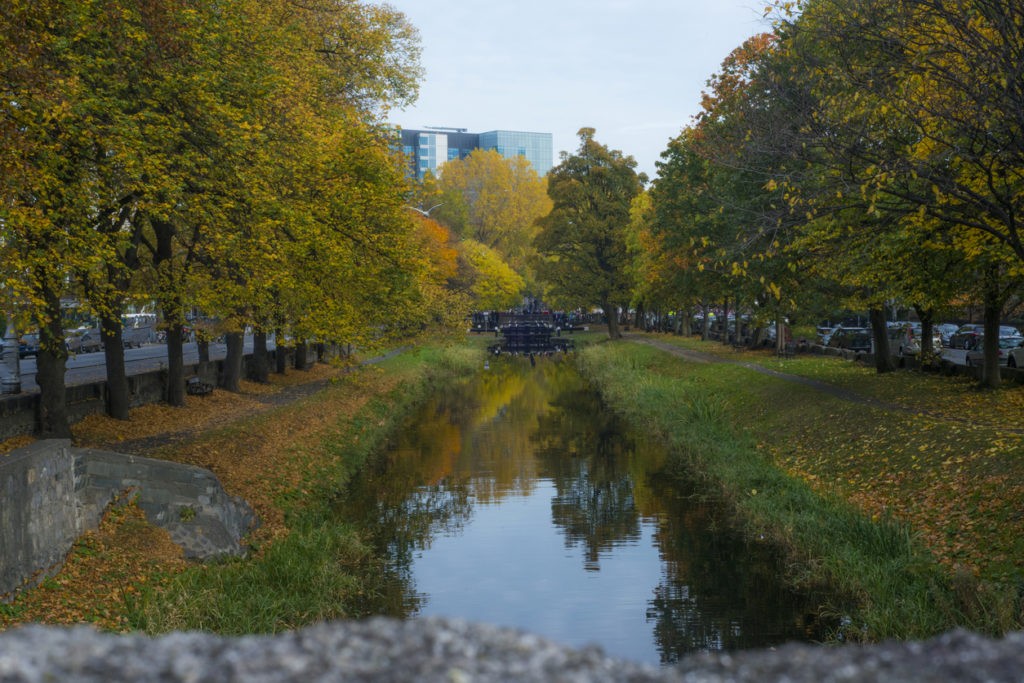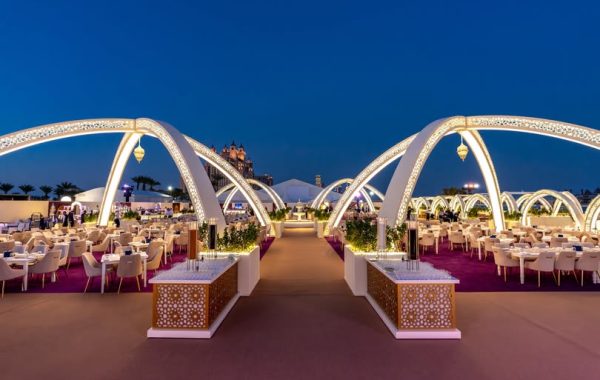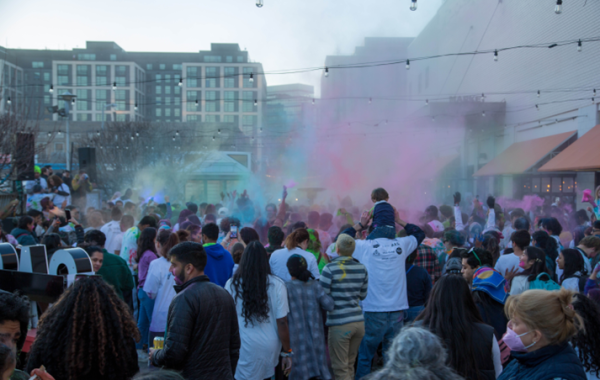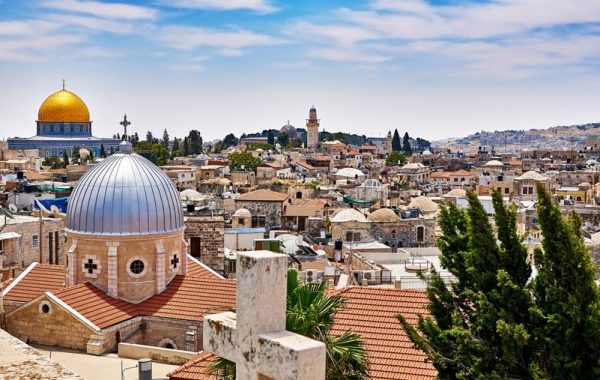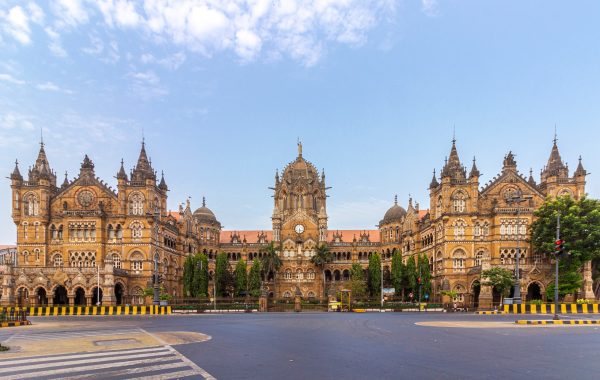Dublin is turning its canals into a massive cycling network, Japan has discovered 7,000 new islands, A new high-speed sleeper train will link Mumbai and Delhi and more in top stories of the day.
Dublin is turning its canals into a massive cycling network
It looks like Dublin might soon join the ranks of Copenhagen and Amsterdam as one of the world’s great cycling cities.
The Irish capital has revealed that it will be creating a brand-new cycling network by its canals, far from the city’s air pollution and traffic. The project will see the Royal Canal in north Dublin redeveloped into a lovely 2.1-kilometre-long green space as part of the city’s Greenways strategy, which creates car-free trails to promote sustainable travel. Currently, the city’s Active Travel Network is only 10 kilometres long, but it is hoping to add a whopping 310 kilometres to it in the next eight years.
Japan has discovered 7,000 new islands
The Geospatial Information Authority of Japan recently revealed an updated map of the nation, which showed 7,000 new islands added to the region. That increases the number of islands Japan has from 6,852 to 14,125!
The last mapping of the country was conducted back in 1987. At the time, they decided to leave out any islands that didn’t have a circumference of over 100 metres. Plus, the technology they used wasn’t great at distinguishing between groups of small islands and large stand-alone islands, which led to thousands of islands not being formally recorded. In addition to those, many more islands have popped up over the years following volcanic activity in the region.
A new high-speed sleeper train will link two major Asian cities
As it is, the train between Delhi and Mumbai is one of the world’s great rail journeys. The rail route between the two Indian cities – which are more than 1,300 kilometres apart – can take around 16 hours but often takes more than a whopping 20 hours.
But the route is soon to get a major upgrade. Not only will brand-new Vande Bharat Express trains take just 12 hours to get between Mumbai and Delhi, but they might be getting an even faster and swisher update.
Current Vande Bharat semi-high-speed trains can run at 130 kilometres per hour, but a new model might be able to reach speeds of 220 km/h. In practice, it’s likely they’ll travel mostly at around 180 km/h – though that’s still significantly faster than current lines. And better yet, there’s also the potential for the Vande Bharat Express to become a sleeper train. The second stage of the new model’s rollout will see night train options with Wi-Fi, LED screens, air purification systems, and much more. In the long term, Indian Railways hopes to feature these new trains across its entire night train network.
For latest travel news and updates, food and drink journeys, restaurant features, and more, like us on Facebook or follow us on Instagram. Read more on Travel and Food Network
Trending on TFN
The 23 Best Places To Go In 2023


